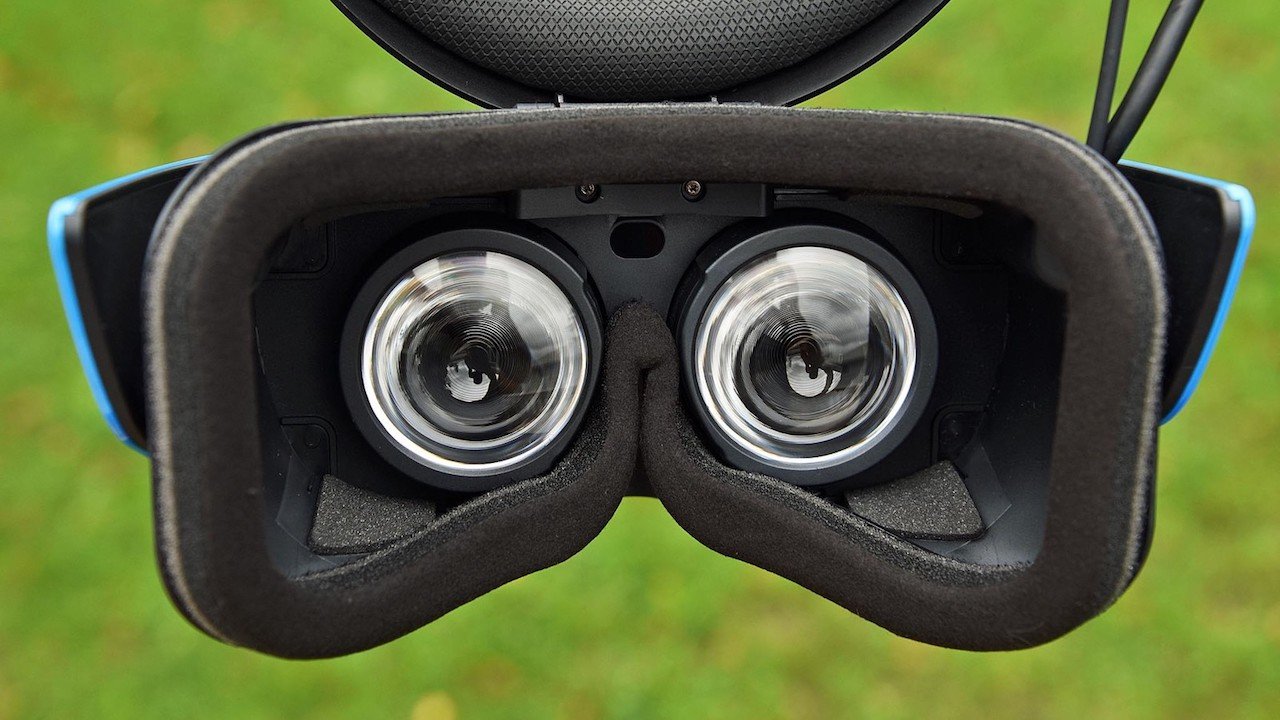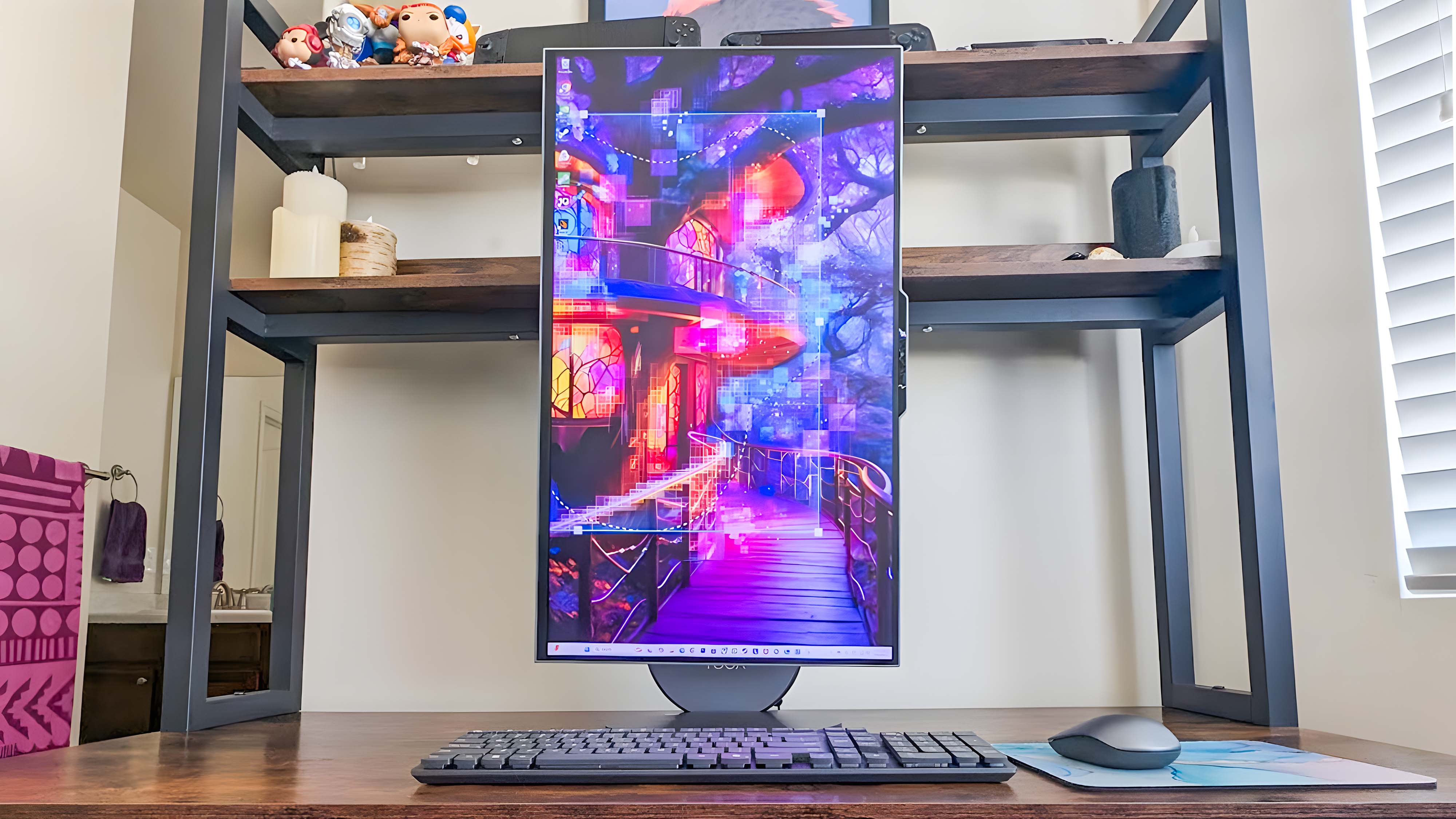Microsoft supposedly shelved Xbox VR due to inadequate technology

A few years ago, Microsoft said that virtual reality devices would come to Xbox One in 2018. However, CNET says that it seems like the company has abandoned those plans due to current limitations with technology. When the technology is mature, an Xbox headset will probably come along, but right now the project has been shelved.
It's no surprise that in order to provide a truly groundbreaking experience, you need powerful hardware and advanced displays. However, there are also complaints like nausea and muddy picture quality. Additionally, competitors aren't really setting the market ablaze. Despite the fact that there are tens of millions of PlayStation 4 consoles out there, Sony has only managed to sell roughly three million PlayStation VR units.
Microsoft should bring virtual reality to a future Xbox, but it won't be the Xbox One, that's for sure. Current games are still experimental and there isn't a "killer app" at the moment. A lot of the experiences are gimmicky or end up being promotional spin-offs. Hopefully the virtual reality market will continue to grow so that Microsoft decides to bring it to consoles.
Keep an eye on WindowsCentral.com/Gaming for all the latest in Xbox and Windows 10 gaming, accessories, news, and reviews!
All the latest news, reviews, and guides for Windows and Xbox diehards.

Asher Madan formerly handled gaming news for Windows Central. Before joining Windows Central in 2017, Asher worked for a number of different gaming outlets. He has a background in medical science and is passionate about all forms of entertainment, cooking, and antiquing.
